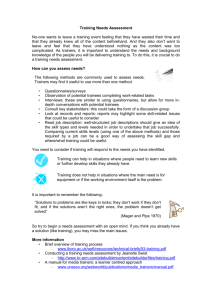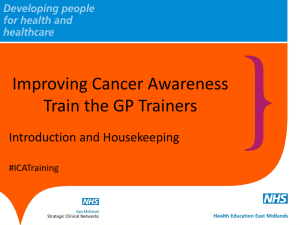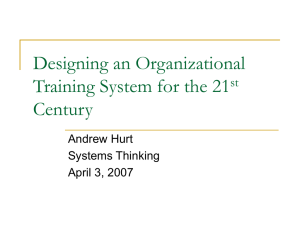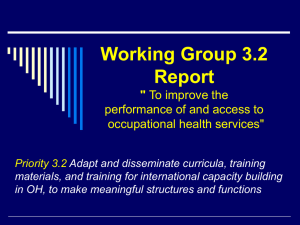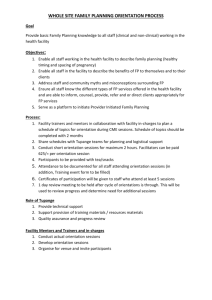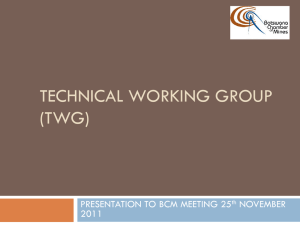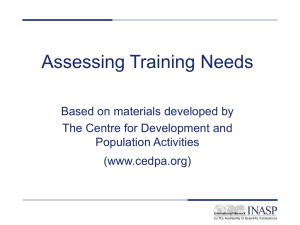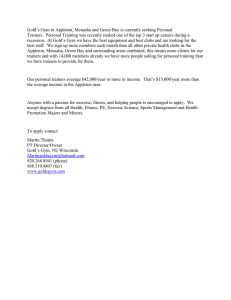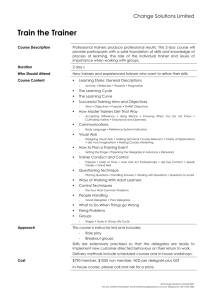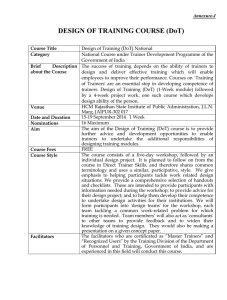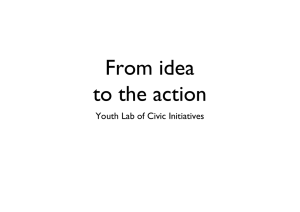Prepare to provide records Discuss violations and time
advertisement
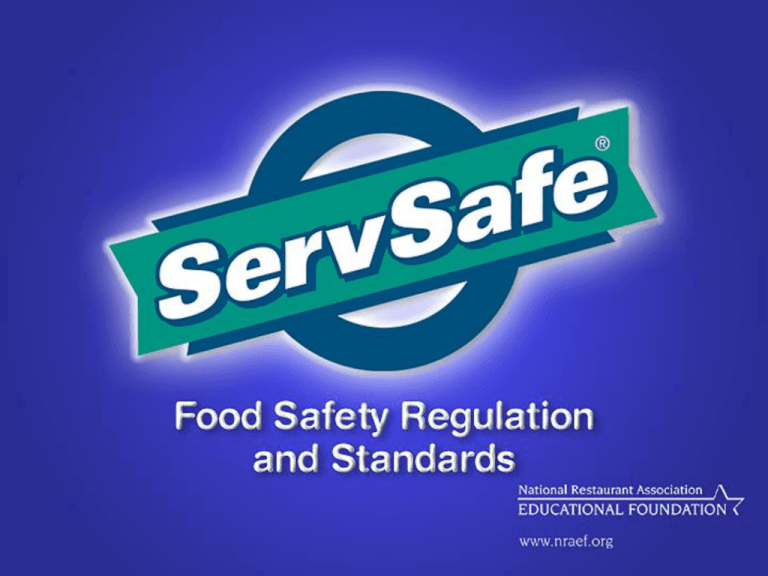
The Purpose Of A Foodservice Inspection Program Evaluation Protection Education Compliance 13 - 2 Three Levels Of Government Control Federal State Local 13 - 3 The Food Code is: Written by the FDA A list of recommendations for foodservice regulations Used by individual states as basis for their own codes 13 - 4 When being inspected: Ask for identification Cooperate Take notes Keep the relationship professional Prepare to provide records Discuss violations and time frames for correction Follow up 13 - 5 Hazards That Can Lead To Closure Of An Establishment Significant lack of refrigeration Backup of sewage Fire or flood Serious pest infestation Lengthy interruption of water or electrical service 13 - 7 Government Agencies USDA FDA – makes the Model Food Code USPHS – US Public Health Service CDC cruse ships CDC – 1) Investigates outbreaks 2) Study the causes and control of diseases 3) Publish statistical data and case studies 4) Provides educational services in the field of sanitation 5) Vessel Sanitation program cruise ships EPA – standards for air and water quality, regulates use of pesticides and Sanitizers, and the handling of wastes Department of Commerce National Marine Fisheries Services (NMFS) – for fish processing plants, shellfish stock tags Food Regulations – most are written at the state level. Each individual state decides whether to adopt the Model Food Code or some modified form of it. Larger cities enforce state health codes. Benefits Avoids costs associated with foodborne-illness outbreaks Prevents loss of revenue and reputation Improves employee morale and reduces turnover Increases customer satisfaction 14 - 2 Key Elements Presentation Application Feedback 14 - 3 To identify food safety training needs: Observe employee performance Survey employees to determine weaknesses Test employees’ food safety knowledge Review health inspection reports 14 - 4 Objectives should: State what the learner will be able to do after instruction is completed Be stated clearly and in measurable terms Include action verbs Example: List the internal cooking temperatures for meat, seafood, and poultry 14 - 5 Methods for delivering training include: Demonstrations Lectures Role-plays 14 - 6 Methods for delivering training include: (continued) Job aids One-on-one training Technology-based training 14 - 7 Trainers should have: Knowledge of food safety practices An understanding of the operation’s food safety challenges Demonstrated skill teaching others Good communication skills 14 - 8 Trainers should: Be knowledgeable Be prepared Maintain eye contact with trainees Keep delivery conversational 14 - 9 Trainers should: (continued) Use simple language Treat all questions and comments seriously Look for cues indicating a lack of understanding or disinterest Keep training sessions short 14 -10 Trainers should: (continued) Individualize training Be creative Provide feedback Evaluate 14 -11
